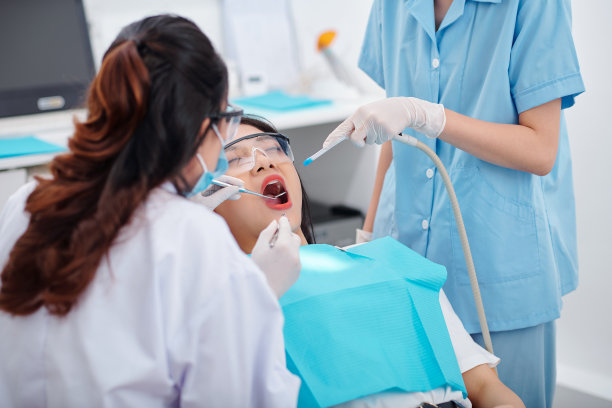The Essential Guide to Extracting a Tooth Safely and Comfortably Tips and Techniques for a Smooth Experience
Summary: Extracting a tooth can be a daunting experience for many, but with the right techniques and knowledge, it can be done safely and comfortably. This guide provides essential tips to ensure a smooth tooth extraction process. From understanding the importance of preparation and local anesthesia to post-extraction care, this comprehensive article covers all aspects to minimize discomfort and anxiety. Whether youre a patient or a dental professional, having a solid grasp on these methodologies will enhance the overall experience. A successful tooth extraction not only alleviates oral health issues but also promotes quicker recovery and improves dental wellness.
1. Importance of Preparation Before Extraction

Proper preparation is fundamental to a successful tooth extraction. Prior to the procedure, its crucial to consult with your dentist about your medical history and any medications you are currently taking. This information helps in assessing potential risks and determining the best approach for extraction. Being open about your health concerns lays the groundwork for a safe procedure.
After discussing your health, your dentist will guide you on dietary restrictions leading up to the extraction. In most cases, avoiding certain foods, especially those that may cause bleeding or are difficult to chew, provides a more straightforward extraction process. Having an empty stomach can mitigate nausea and discomfort during anesthesia administration.
Lastly, mental preparation is equally essential. Understanding what to expect can significantly reduce anxiety. Your dentist might share visual aids or explanations about the steps involved in tooth extraction, which can make the entire experience less intimidating.
2. Administering Anesthesia for Comfort
The role of anesthesia in tooth extraction cannot be overstated. Local anesthesia is typically used to numb the area around the tooth to be extracted, allowing for a painless experience. Its essential to discuss your fears or concerns about anesthesia with your dentist beforehand. Being educated on the type of anesthesia that will be used can help ease anxieties.
In addition to local anesthetics, sedation options are available for individuals who may be excessively anxious about the procedure. Sedation dentistry helps to put patients in a calm state, making the extraction seem less daunting. Discussing these options with your dentist can ensure you receive the most comfortable experience possible.
Finally, after anesthesia is administered, your dentist will check the effectiveness before proceeding. Its important to communicate any feelings of discomfort, ensuring adjustments can be made for complete comfort throughout the procedure.
3. Techniques for a Smooth Extraction Procedure
The extraction technique employed can significantly influence the overall experience. Dentists often utilize specific methods depending on the tooths condition and positioning. Simple extractions generally involve loosening the tooth with an instrument before pulling it out, while surgical extractions may require incisions.
During the procedure, your dentist will ensure that you are kept informed of each step. This communication helps in managing expectations and alleviating any feelings of anxiety. Dentists may also employ gentle suction and irrigation to maintain a clear view of the extraction site, enhancing the procedures efficiency.
After successful extraction, your dentist will follow up with essential care and advice on recovery. Ensuring that the area is stitched or packed appropriately is crucial in minimizing recovery time and promoting healing.
4. Care and Recovery After Tooth Extraction
Post-extraction care is pivotal in achieving a complication-free recovery. Following your dentists instructions regarding rest and diet is critical; a diet of soft foods is usually recommended for the first few days. Staying hydrated is also essential but should be balanced with avoiding straws, as sucking can dislodge blood clots and delay healing.
Keep an eye on potential complications as well. If you experience excessive bleeding, swelling, or signs of infection, reaching out to your healthcare provider immediately is important. Understanding what constitutes normal recovery versus signs of a problem can prevent further issues.
Lastly, don’t forget about follow-up appointments. These visits are crucial for ensuring that healing is progressing as expected. Regular check-ups can catch any underlying issues early, leading to better long-term dental health.
Summary:
Tooth extractions may cause apprehension, but with appropriate preparation, anesthesia options, effective techniques, and proper post-extraction care, patients can have a smoother experience. This guide aims to equip both patients and dental professionals with essential information to make the extraction process as comfortable as possible.
This article is compiled by Vickong Dental and the content is for reference only.


